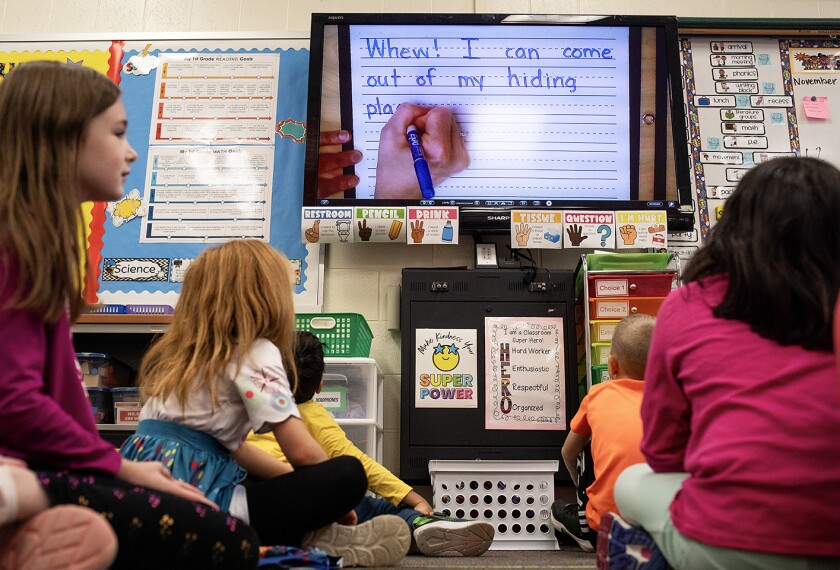Making the arts a central part of the curriculum, and teaching the subject with the same rigor as math or science, not only can improve arts learning, but also can bolster other efforts to improve schools, an evaluation of a major arts pilot program concludes.
The report on the Transforming Education Through the Arts Challenge is available from the Arts Education Partnership. (Requires Adobe’s Acrobat Reader.)
Among the 35 demographically diverse schools participating in the $15 million Transforming Education Through the Arts Challenge, or TETAC, over the past five years, many made the arts a focus of the core curriculum. At the same time, they improved the school culture through greater collaboration by teachers in all subjects, and helped teachers incorporate more critical-thinking skills into their lessons, according to the report. Westat, a Rockville, Md.-based research corporation, conducted the study.
“In those schools that were doing it well, the arts specialist was part of an instructional team in a way you don’t see when [the arts] are considered the outsiders—the classes students go to so teachers can have their planning time,” said Westat’s Joy Frechtling, who led the evaluation, released Oct. 25. “The kinds of practices that were being promoted in TETAC through the arts you almost could not separate from what was arts reform and what was overall school reform.”
A project of the National Arts Education Consortium— a group of six regional arts organizations based in California, Florida, Nebraska, Ohio, Tennessee, and Texas—TETAC was initiated to address the marginalization of the arts in the curriculum. The project promotes a comprehensive approach to arts education that includes not only creating art, but also developing a deeper understanding of the role of the arts throughout history and their contribution to culture. It also encourages incorporating arts instruction throughout other subjects. TETAC received funding from the Annenberg Challenge, the J. Paul Getty Trust, and matching local contributions.
Rigorous Arts Curriculum
The project provided training for teachers in developing more rigorous arts curricula and in melding arts programs with improvement projects in other subjects. It ended in 2001.
Some schools failed to implement the program fully, Ms. Frechtling said, and therefore saw little impact on teaching or learning.
In addition, the report cautions that there are few mechanisms for measuring the impact of high-quality arts programs on student achievement.




